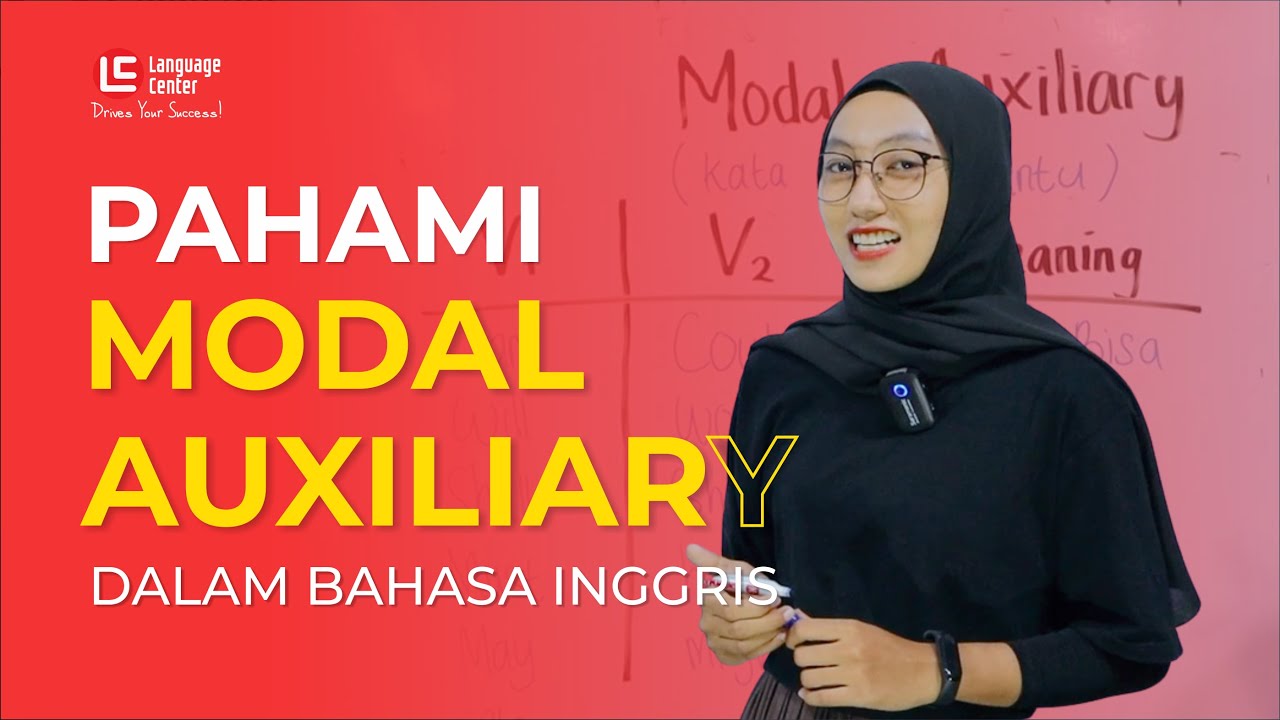[51] Latihan Menerjemahkan Kalimat untuk Pemula (Pembahasan Detail) - Part 02 || Belajar Bahasa Thai
Summary
TLDRThis educational video teaches viewers how to translate Thai sentences into Indonesian, with a focus on using modal verbs like 'da' (can/may). Through practical examples, the video demonstrates how these verbs convey permission, ability, and requests. The instructor encourages active participation, asking viewers to guess translations before providing the answers. The lesson also includes downloadable materials and ways to support the channel. Overall, it aims to help learners understand and use modal verbs effectively in both languages.
Takeaways
- 😀 Focus on the use of 'da' and 'may da' in Thai, which express ability, permission, or possibility.
- 😀 Viewers are encouraged to participate by pausing the video to guess the meanings of the sentences before the answers are revealed.
- 😀 The video introduces several Thai sentences with 'da' and breaks them down for better understanding.
- 😀 The phrase 'da' is used to indicate ability, such as 'can' in English (e.g., 'My friend can speak Thai').
- 😀 'Daimai' is a key phrase used to ask if something is possible or allowed (e.g., 'Can I buy this?').
- 😀 Examples like 'Your father can drive a car' highlight how 'da' is used in different contexts.
- 😀 The video emphasizes that 'da' can be used to ask for permission or inquire about someone's ability.
- 😀 Viewers are guided through sentences in Thai that model real-life scenarios (e.g., asking for permission to go somewhere).
- 😀 A recap of the lesson reminds viewers to focus on 'da' to express ability and permission in Thai.
- 😀 The video encourages regular practice and engagement, urging learners to use the example sentences for further learning.
Q & A
What is the primary focus of the lesson in the transcript?
-The primary focus of the lesson is teaching the use of the word 'da' in Thai, which expresses ability, permission, or possibility. The lesson also emphasizes translating Thai sentences into Indonesian.
How does the word 'da' function in the Thai language as explained in the script?
-'Da' is used to indicate ability or permission. It is often placed at the end of a sentence or question to express whether something is possible or allowed.
What should viewers do before the host reveals the translation of each Thai sentence?
-Viewers are encouraged to pause the video and try to guess the meaning of the Thai sentence before the host provides the translation.
Can 'da' also express inability or impossibility in Thai?
-Yes, 'da' can express inability or impossibility when used in certain contexts, often paired with 'may' or 'daimai' to convey that something cannot be done.
What does the phrase 'Fen Kong Raw Gin Ani May' mean?
-The phrase 'Fen Kong Raw Gin Ani May' means 'My girlfriend can't eat this.' It shows the use of 'may' to indicate inability.
In the sentence 'Po Kong Kun da pai?' what is being asked?
-The sentence 'Po Kong Kun da pai?' asks if someone's father can drive, specifically 'Can your father drive?'
What does the phrase 'Wani Chan pai ban Kong Kun' translate to?
-The phrase 'Wani Chan pai ban Kong Kun' translates to 'Today, I can go to your house.' It is a request for permission using 'da.'
How does the use of 'da' change the meaning of a sentence?
-The use of 'da' in a sentence modifies it to express ability or permission. It makes a statement indicate that something is allowed or possible.
What is the significance of using 'May' or 'daimai' in Thai sentences?
-'May' or 'daimai' are used to express that something cannot be done or is not allowed. These words convey an inability or prohibition.
What is the expected format for Thai sentences in this lesson when translated into Indonesian?
-The expected format for translating Thai sentences into Indonesian follows a clear structure where the sentences are broken down to match the grammatical rules of Indonesian, often modifying the word order or adding words for clarity.
Outlines

This section is available to paid users only. Please upgrade to access this part.
Upgrade NowMindmap

This section is available to paid users only. Please upgrade to access this part.
Upgrade NowKeywords

This section is available to paid users only. Please upgrade to access this part.
Upgrade NowHighlights

This section is available to paid users only. Please upgrade to access this part.
Upgrade NowTranscripts

This section is available to paid users only. Please upgrade to access this part.
Upgrade NowBrowse More Related Video

100 Sentences in 10 Minutes to Practice Modal Verbs in English

Modal Verbs of Permission, Obligation and Prohibition

CARA MUDAH BELAJAR MODAL AUXILIARY BAGI PEMULA - Kampung Inggris LC

[English Grammar Eps:22] Penggunaan Modal Auxiliary Verb dalam Bahasa Inggris #kampunginggris

No more mistakes with MODALS! 3 Easy Rules

English Grammar: Modal Verbs of Certainty – MIGHT, MAY, MUST, CAN
5.0 / 5 (0 votes)